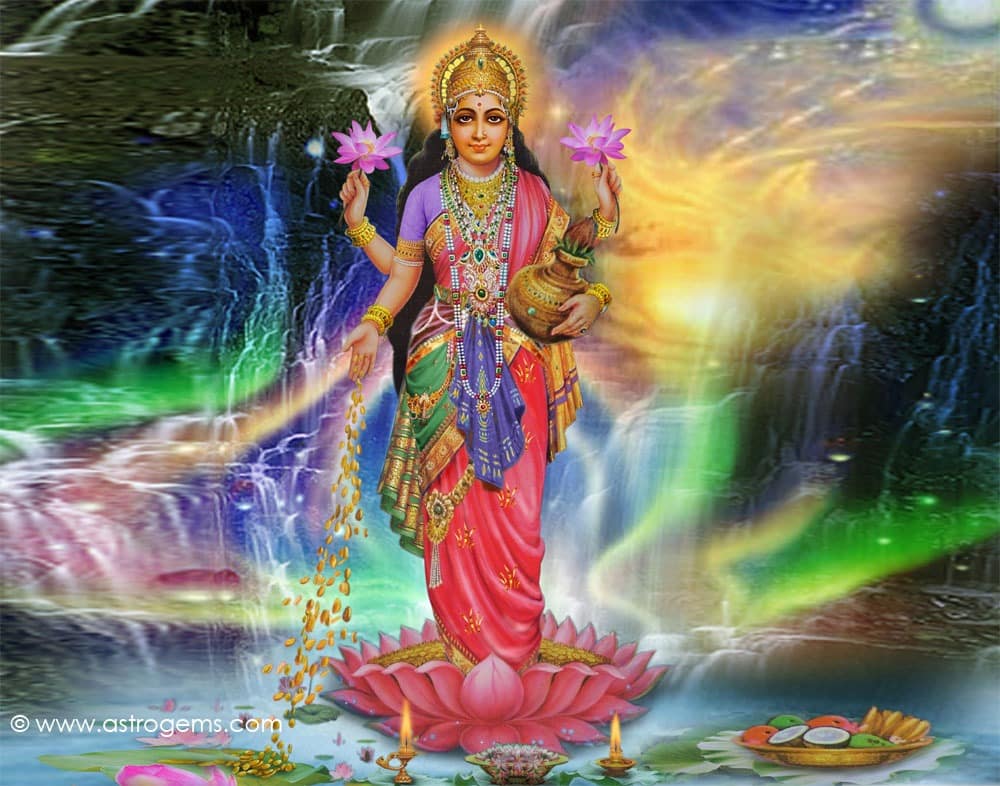Lakshmi | Lakṣmī | लक्ष्मी
Lakshmi is the Hindu goddess of wealth, prosperity, love, fortune, and is considered the embodiment of beauty. She is the wife of Vishnu and carries his active energy. Her fours arms represent purusartha, or the four primary aims of human life: Dharma, Kama, Artha, and Moksha and representations of her can be found in many … Read more

